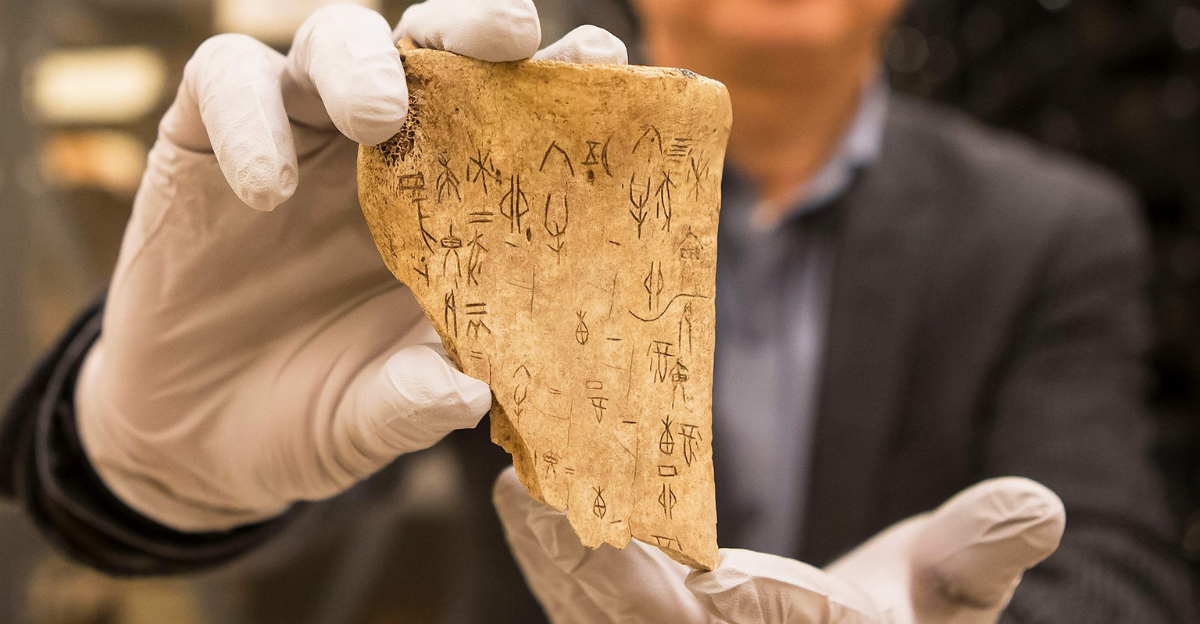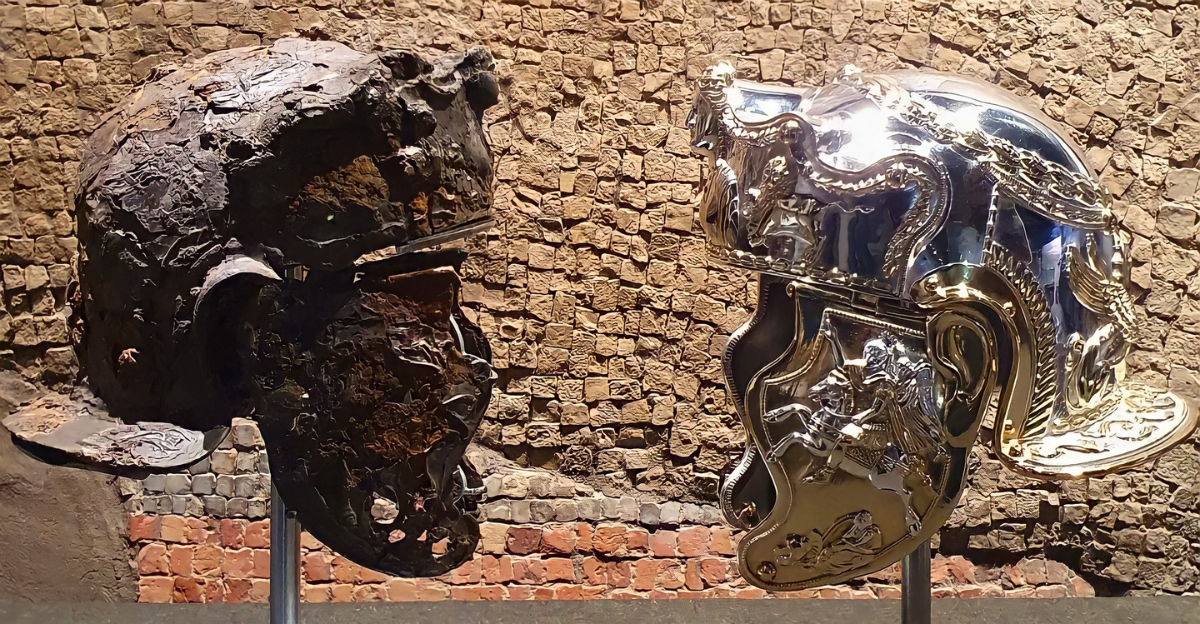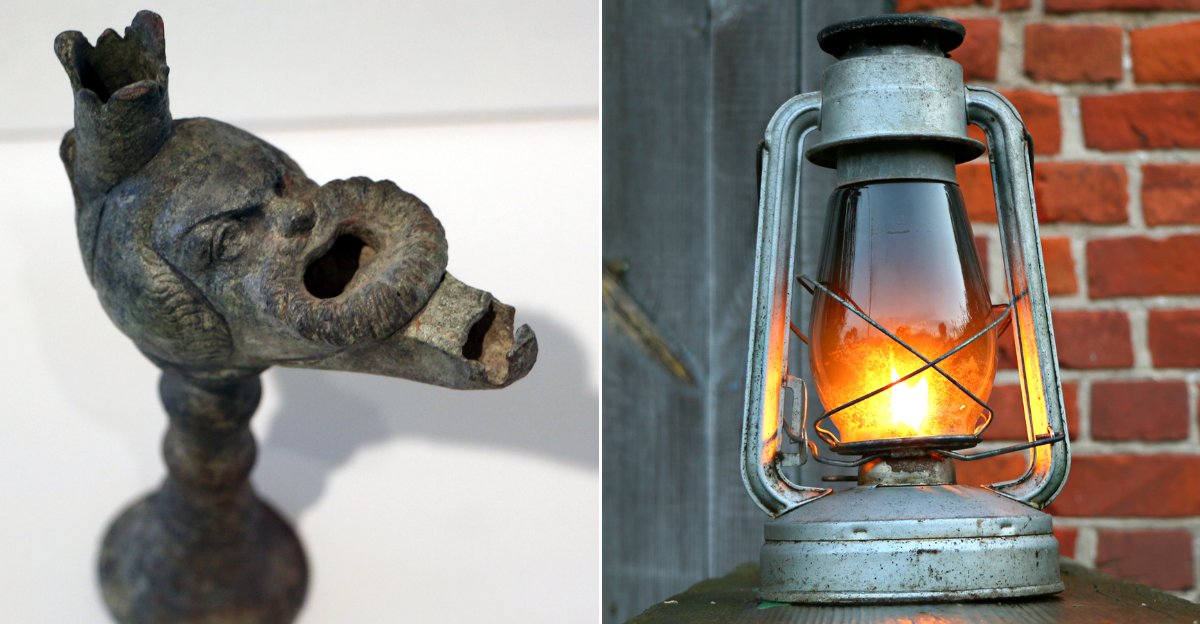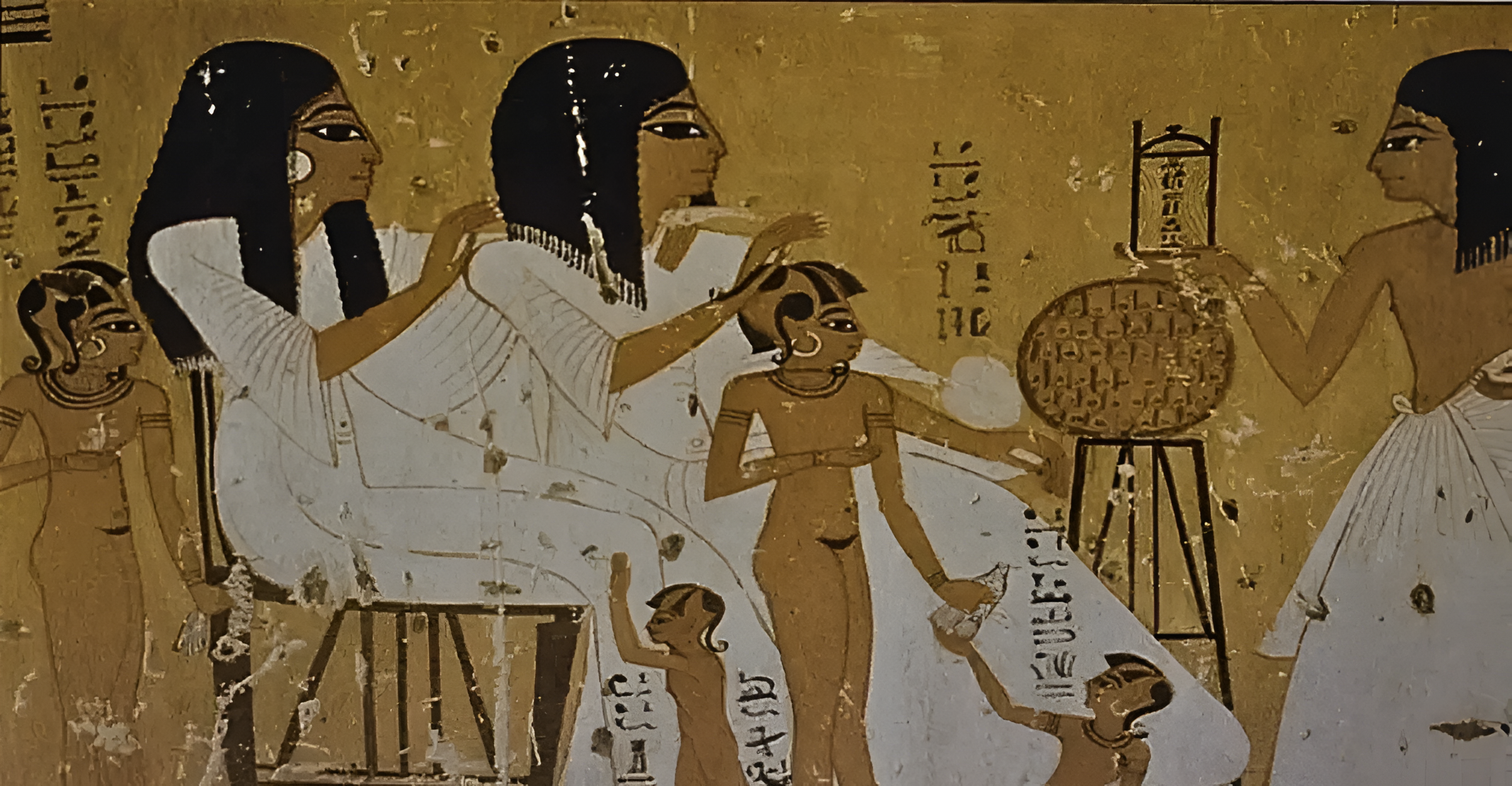
Buried beneath the iconic Khaznah, or Treasury, in the ancient city of Petra, Jordan, archaeologists have uncovered a secret tomb dating back roughly 2,000 years.
This discovery is especially captivating given the Treasury’s fame as the filming location for the 1989 Indiana Jones movie The Last Crusade, where the Holy Grail was a key plot element.
The tomb contained 12 human skeletons along with a variety of artifacts, sparking excitement about the potential historical insights it may yield.
The Discovery That Echoes Hollywood Legend
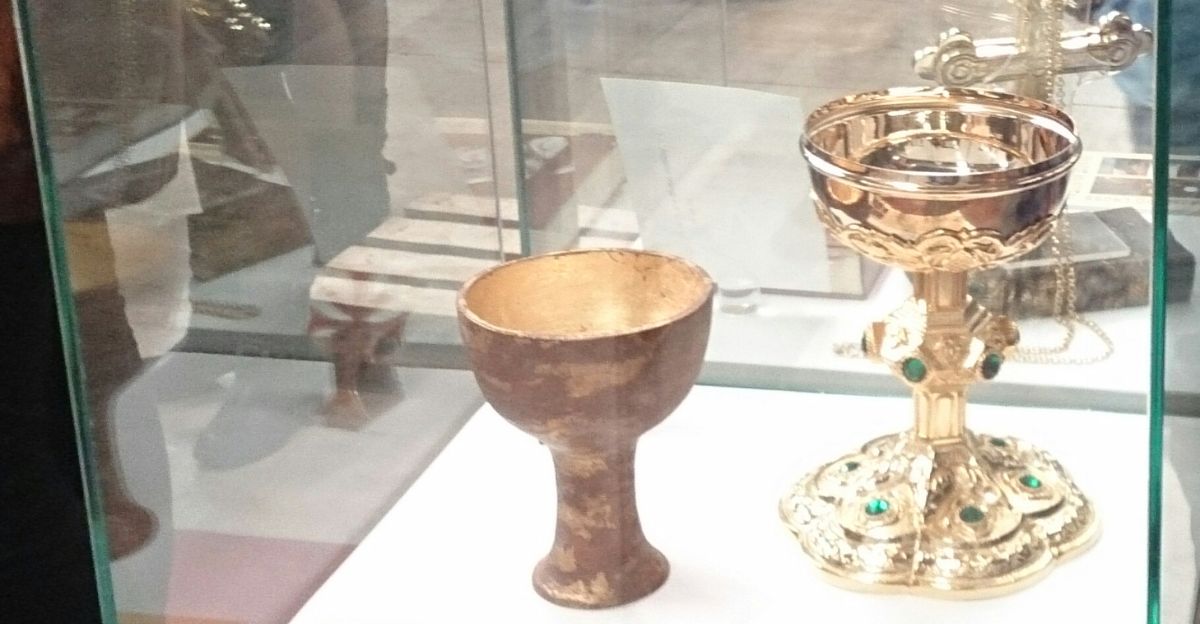
One of the most striking finds was a ceramic vessel held by one of the skeletons, closely resembling the Holy Grail chalice depicted in the Indiana Jones movie.
While this artifact is not the legendary cup of eternal life, its resemblance to the movie prop has captured public imagination, blurring the lines between cinematic myth and archaelogical reality. This find was described as “history imitating art” by Josh Gates, host of Expedition Unknown.
Insights into the Nabataean Civilization
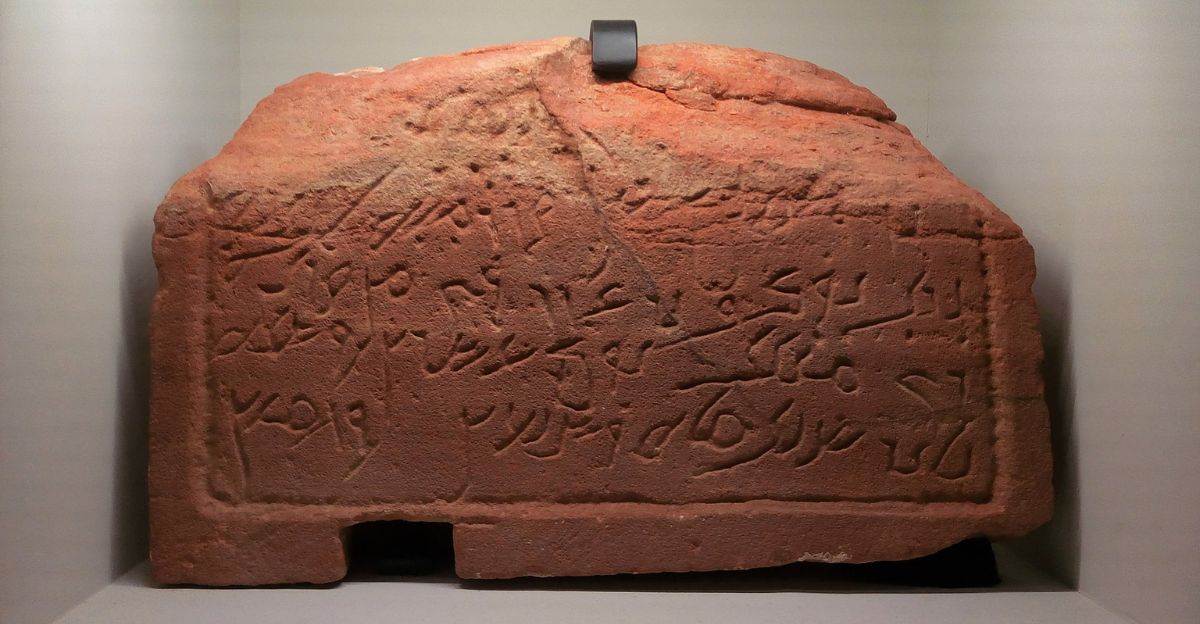
The mystery tomb provides several insights into the Nabataeans, an ancient nomadic Arab people who thrived in Petra amd influenced a vast region including parts of the Sinai, Yemen, Syria, and Iraq.
Despite their literacy, the Nabataeans left behind few written records, making such archaelogical finds vital for understanding their culture, social structure, and daily life.
Archaeological Techniques Reveal Hidden Secrets
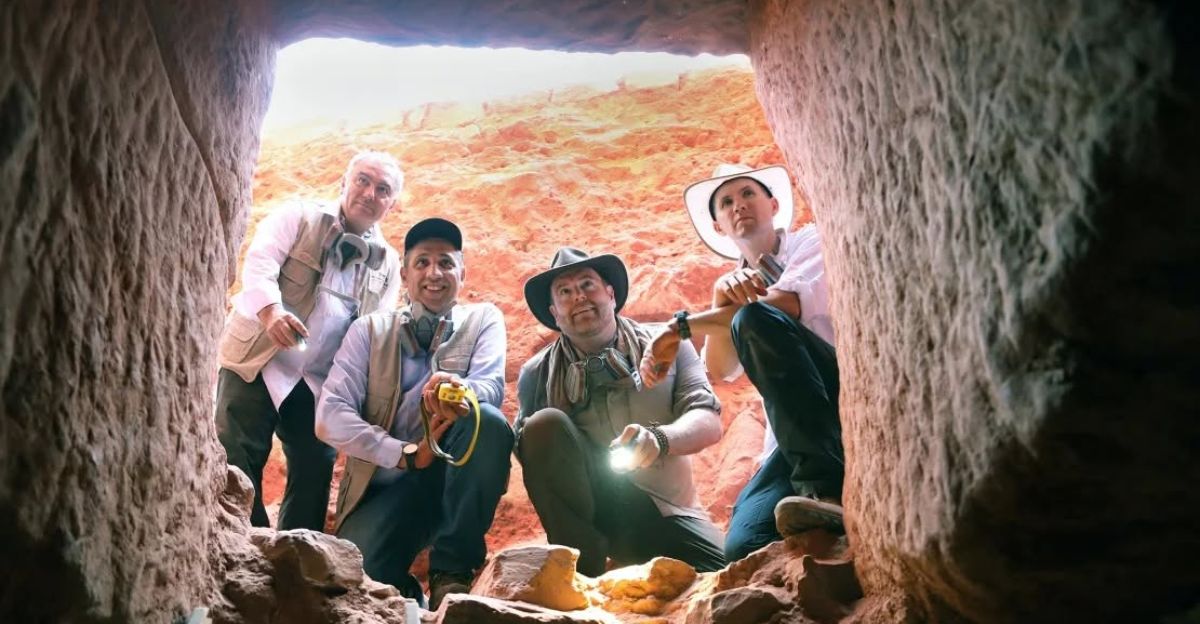
The team, led by Dr. Pearce Paul Creasman of the American Center of Research, employed ground-penetrating radar to detect the tomb underneath the Treasury.
This technology aided in identifying the hidden structure, which had been covered for centuries by sandstone cliffs.
The excavation in August, uncovered well-preserved skeletons and artifacts, a rare occurence given Petra’s humid climate and porous sandstone that typically degrades organic remains.
The Tomb’s Contents: Skeletons and Artifacts
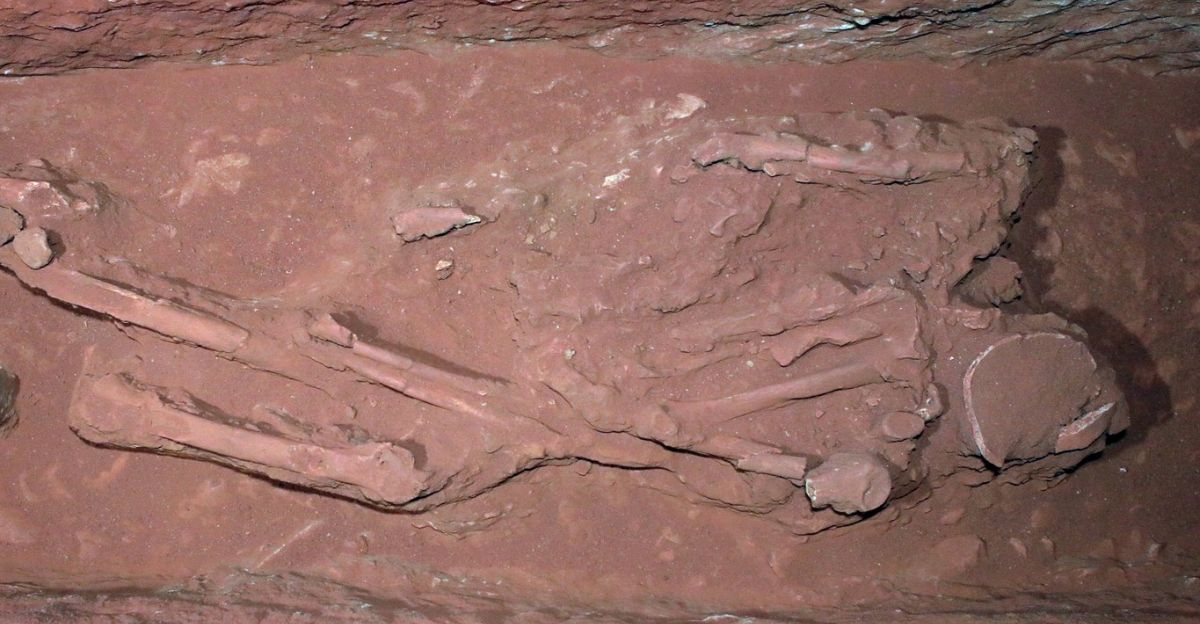
In addition to the 12 skeletons, archaeologists discovered a variety of objects made of bronze, iron, and ceramic shedding light on the material culture of the Nabataeans.
The skeletons were found in separate sarcophagi, suggesting they may have been members of the elite class. The delicate ceramic vessel resembling a chalice was likely used for ceremonial or local purposes rather than as a legendary relic.
The Holy Grail Cup: Fact versus Fiction
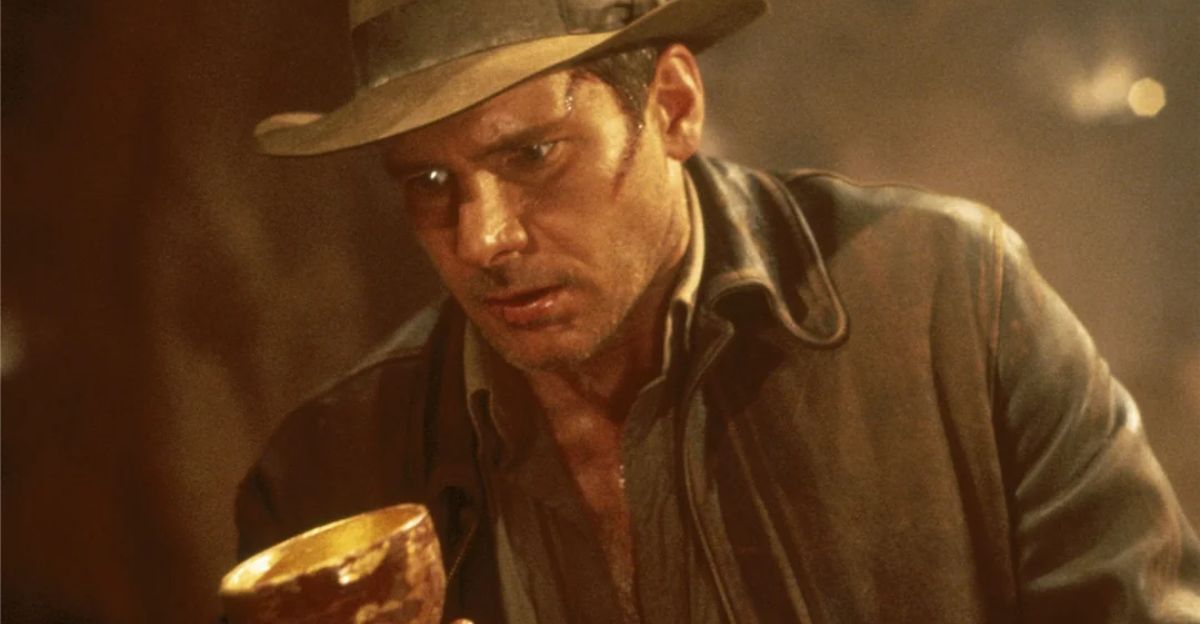
Contrary to popular belief fueled by Hollywood and the Indiana Jones films, the chalice is not an ancient vessel of immortality but instead a finely crafted Nabataean drinking cup.
Its thin walls, often only 1.5 mm thick, indicate it was designed for ceremonial use. The resemblance to the movie’s Holy Grail prop is attributed to extensive research into Nabataean pottery by Lucasfilm’s archives, rather than any mystical significance.
Significance of the Find in Petra’s Archaelogical History
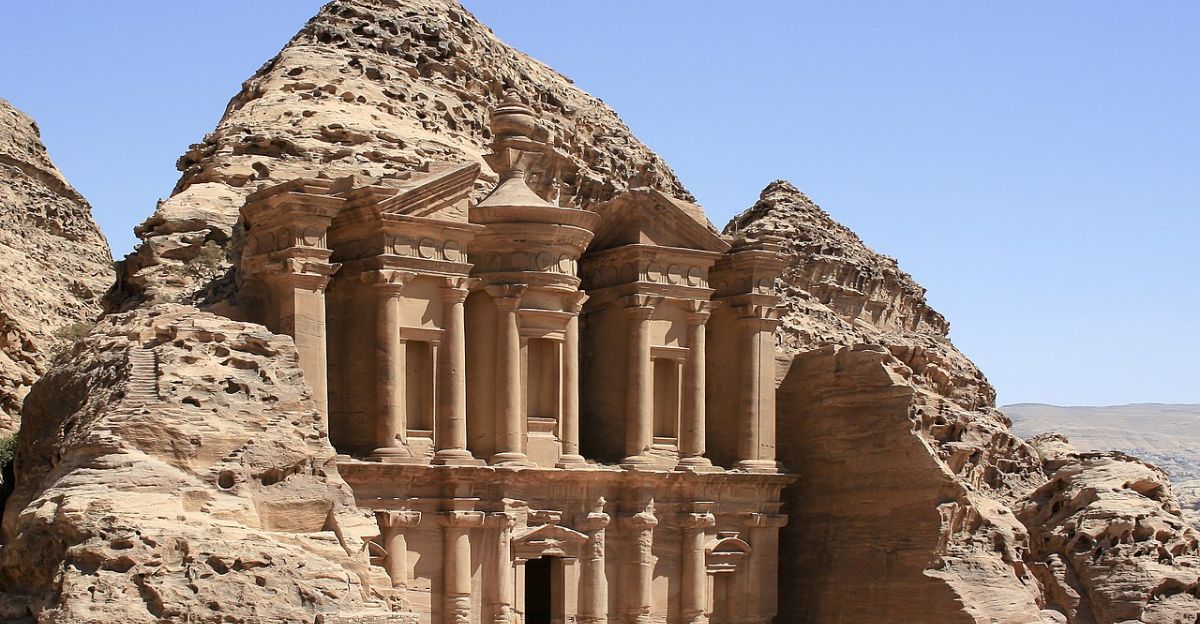
The discovery is considered one of the most significant human remains findings ever made in Petra. In over two centuries of archaelogical investigation, such an intact tomb with well-preserved skeletons and artifacts is unprecedented. It highlights how even well-studied sites can still hold remarkable secrets beneath their surface.
Cultural and Historical Impact

The tomb and its contents deepen our understanding of Nabataean burial practices, social hierarchy, and their artistic craftmanship.
The find also enriches Petra’s status not only as a UNESCO World Heriage Site and a New Seven Wonder of the World but also as a living historical archive of ancient Middle Eastern civilizations.
Media and Public Fascination

The discovery of the tomb has garnered wide media coverage and drew public interest, partly due to its connection with the Indiana Jones franchise.
Documentaries like Expedition Unknown, for example, have brought the excavation to a global audience, blending archaeology with popular culture and inspiring curiosity about the ancient world.
Future Research and Exploration

Researchers plan to conduct DNA analysis on the skeletons to learn more about their relationships, diets, and lifestyles.
This ongoing investigation promises to unlock further secrets of the Nabataean people and their era, potentially rewriting parts of ancient history while captivating both scholars and the public alike.

